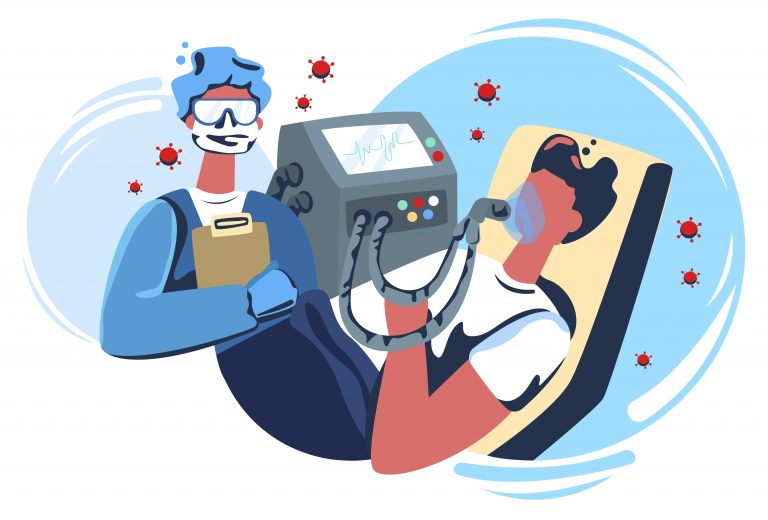An all-girl’s robotics team is saving lives and inspiring change in Afghanistan. The team, consisting of five high schoolers, developed a prototype for a low-cost ventilator to help the country deal with the surging COVID-19 pandemic. To make the prototype, the girls used parts from old cars. Their invention couldn’t come soon enough.
“The idea evolved out of the dire need for ventilators to save lives of people during the COVID-19 pandemic,” Somaya Faruqi, one of the girls, told UNICEF.
In November, the 17-year-old Faruqi, who helms the robotics team, was featured as one of BBC’s 100 women of the year.
“I am so proud of our collective achievements,” she said of her team. “I want Afghanistan and the whole world to shift their mindsets and acknowledge that girls are equal to boys and can use science and technology to innovate.”
She’s not the only one who’s proud. In a country where about 60 percent of the 3.7 million children who aren’t in school are girls, the all-female robotics team has been an inspiration. In December, the team was invited to showcase their prototype for UNICEF.
“[You] are do-ers, not dreamers,” Mustapha Ben Messaoud, Acting UNICEF Representative, told the team. “[You] built foundations underneath [your] dreams. [You] did the hard work. At the height of a global pandemic that had the world’s leading minds scrambling for solutions, [you] created a low-cost machine to save lives.”
Nizar Ahmad Ghuryani, Minister of Industry and Commerce, was so impressed by the team that he donated U.S. $10,000 to their project and is helping them secure factory space to manufacture their ventilators.
Read more about this project today. Explore IEEE TryEngineering to learn more about Women in STEM.



